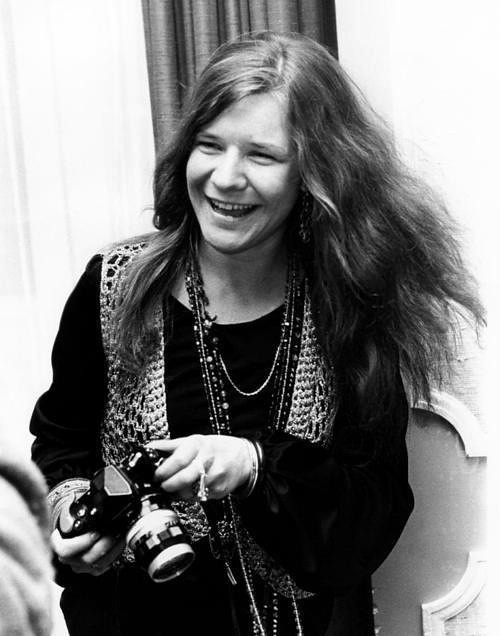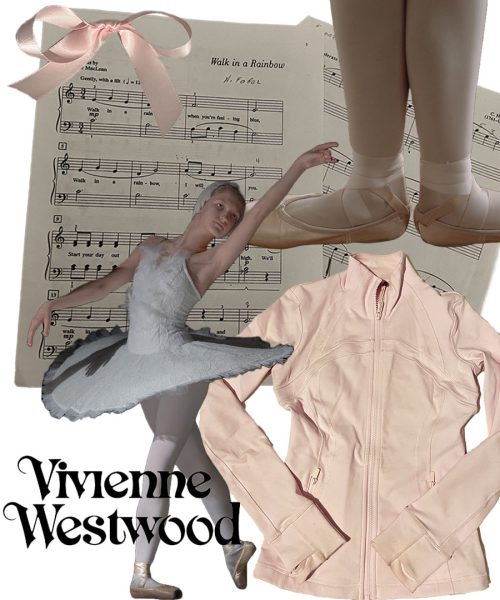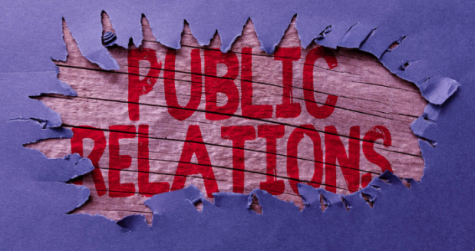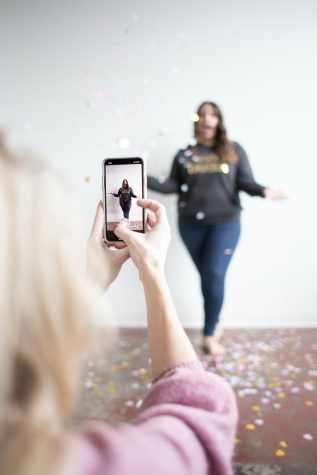“I wanna be where the boys are,”
The rise of women in rock and roll
Miley Cyrus dropped the “Plastic Hearts” album in November of 2020 featuring several guest vocalists, including female rock trailblazers Joan Jett and Stevie Nicks. The nod to these artists serves as a reminder of the roots from which today’s female musicians stem.
Female rockers began to rise from the shadows of the male-dominated music industry during the 1960s. They each possessed their own style, energy and verve. However, they all delivered the same message: girls can rock just as hard as guys can.
“[Early female rock artists] gave women a voice,” senior Olivia Helms said. “They really paved the way for female musicians to have a true career in music, and they proved that women should be respected in the music industry.”
Janis Joplin was one of the first to break the mold and is best known for her distinct, raspy voice and rock-blues-psychedelic sound. She performed at Woodstock in 1969, shortly followed by the posthumous release of her second and final album, “Pearl,” in 1971. Joplin was inducted into the Rock and Roll Hall of Fame in 1995, sealing her spot as one of the most influential rock artists of all time.
“Joplin was important to the music industry because she was never afraid to be herself,” senior Jake Bahnick said. “Even through the scrutiny and judgement of others, she stayed on her own path and created the music and image she wanted to. This allowed other women to do the same, which is why she is so deserving of her spot in the Rock and Roll Hall of Fame.”
Not all pioneering female rockers have made it into the Rock and Roll Hall of Fame. Suzi Quatro, considered a revolutionary female rock artist by many, is yet to be inducted despite her influence on rock and roll.
“I think it’s ridiculous that [Suzi Quatro] isn’t in the [Rock and Roll] Hall of Fame,” Bahnick said. “ I definitely think she deserves to be inducted because of how she led the way for other women in rock and roll.”
Quatro, bassist for the band the Pleasure Seekers, revealed in an interview with Forbes magazine that she did not realize she was “opening the door” for other female artists when she became the first female bassist to make it big.
“I think [Quatro] not only opened the door for these women, but beat it down with ‘a hammer from hell’ like she describes herself in her song, ‘The Wild One,’” Bahnick said.
“The Wild One” opens with Quatro howling, “All my life I wanted to be somebody – and here I am!/I know what I’ve got and there ain’t nobody/Gonna take it away from me!” The singer delivers the message that she is not messing around through the lyrics, “I’m a blue eyed [expletive] and I want to get rich/Get out of my way/’cause I’m here to stay.”
“I think [“The Wild One”] is a really powerful song because it emphasizes the importance of being confident in yourself and not letting others take away what you love,” Bahnick said. “It was hard for women to make it in rock and roll back then, and female musicians today still struggle with some of the same issues.”
Quatro braved the 1970’s glam rock era, making a name for herself in the United Kingdom and Australia, but was never popular in the United States. However, Quatro inspired many other musicians, Joan Jett in particular.
“Joan was a rocker,” English teacher Jennifer Goodson said. “Her image broke away from everything traditional and brought the punk movement to the forefront of rock and roll.”
Rebelling against the predisposed stereotypes surrounding women in the music industry was Jett’s specialty, made loud and clear through her music. Jett’s message is presented within the first line of her hit song, “Bad Reputation,” when she sings, “I don’t give a [expletive] ‘bout my reputation.”
“I think ‘Bad Reputation’ was just a way for Jett to express how little she cared about what society had to say about her,” Bahnick said. “This song shows how powerful and confident Jett is, which adds to the appeal of her music. I think it’s also important to remember that this is the mindset Jett has possessed throughout her entire career, not just after she made it big with Joan Jett and The Blackhearts.”
Jett’s daring career started out in the 1970’s as the leader of one of the first all-female rock bands, The Runaways. Along with lead singer Cherie Currie, bassist Jackie Fox, guitarist Lita Ford, and drummer Sandy West, The Runaways released four studio albums before they fell apart in 1979. Their lyrics are provocative and off-the-wall, a true showcase of female rebellion against the male dominated industry.
“I’m sure it was nearly impossible [for female bands to make it]!” Helms said. “They had to put up with a lot of misogyny and sexualization in the music industry. They may also have been turned away from record labels and deals just because nobody took them seriously.”
The Runaways never took off in the United States, possibly due to the fact that they were a band of teenage girls emerging during a time when disco music reigned. Nonetheless, the Runaways opened the door for other female bands to find their place in the world of rock and roll.
“I think being the only women [in rock and roll] would have been hard,” Goodson said. “I can imagine there were a lot of degrading comments, ‘little lady’ kinds of verbal abuse and condemnation. They were trying to compete in a man’s world.”
After years of fighting against stereotypes and being turned down, female rock artists became more prevalent in the ‘70s, ‘80s and beyond. Artists such as Cyndi Lauper, Pat Benatar and even Stevie Nicks rose to rock and roll stardom, continuing the mission of the early leading females in the industry.
“These artists were so influential in rock music,” Helms said. “They inspired the future female rock bands and artists to create the sounds that they really wanted to make and to be authentic, instead of conforming to the rock music men were making.”
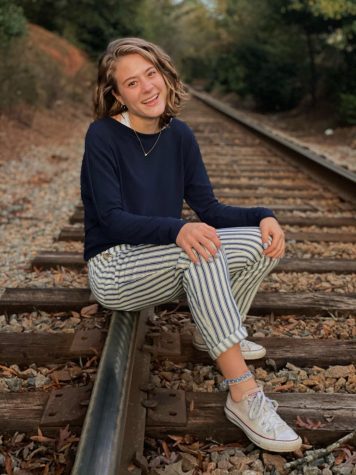
My name is Abbey Keller and I am a senior this year! I am the Sports Editor, and have been on the Spartan Shield staff for two years now. When I’m not...

